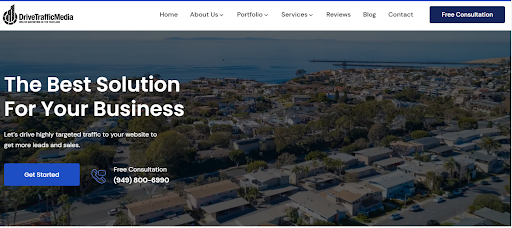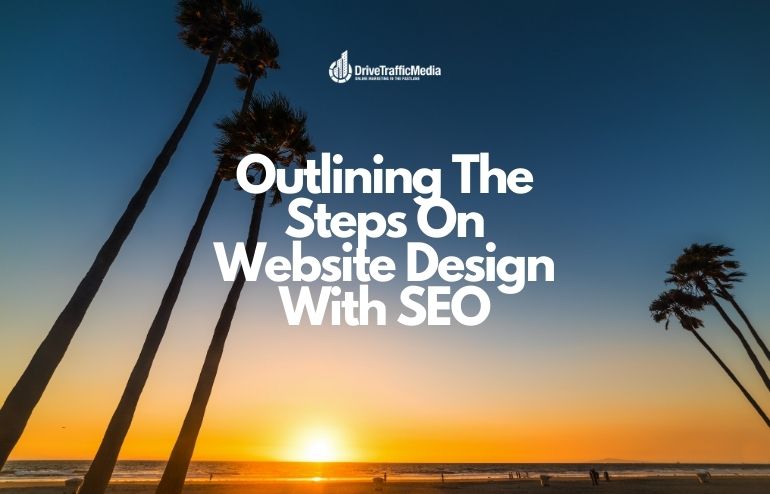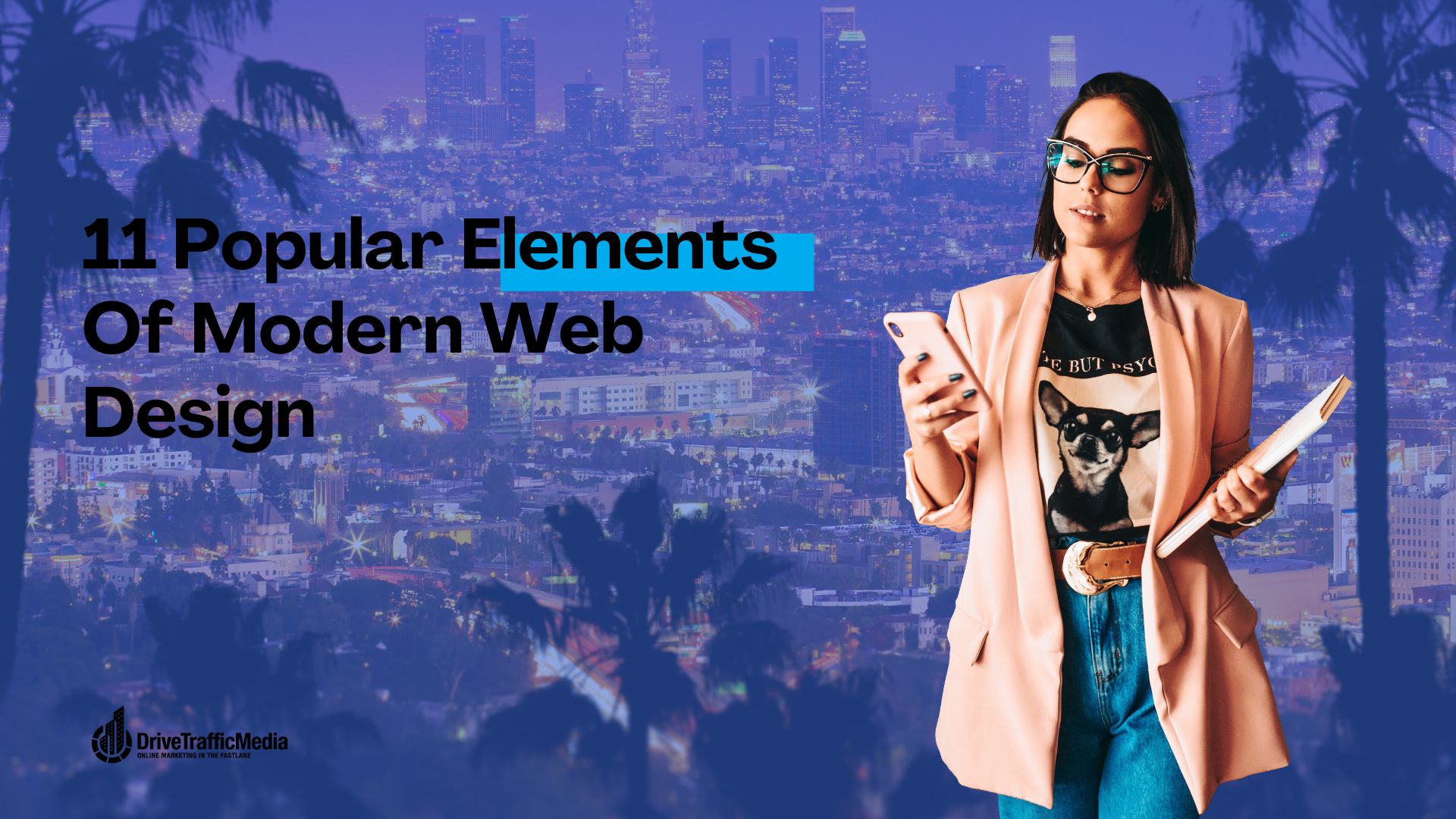Modern web designs look a lot more interesting than traditional ones. It’s primarily focused on looking good and providing information that’s useful to the reader instead of just bombarding them with heavy text and cluttered images that they might not want to see.
If you’re looking to freshen up your website, then this is the article for you. Written by Drive Traffic Media, an SEO and web design company serving Anaheim, Irvine, and the rest of Los Angeles and Orange County, this lists down all of today’s web design trends with examples.
1. Whitespace
Whitespace refers to the empty space around content and other functional aspects of a website. It lets things “breathe,” so to speak, and attracts the reader’s attention to something by having nothing around it.
Whitespace doesn’t have to be white to be effective. It can be done in any color.
Apple does a really good job of using whitespace here. Notice how your eyes are immediately drawn to the MacBook Air’s sleek features from the get-go.
2. Scroll Effects
Adding neat effects is a pretty good way to let your customers keep scrolling. It’s interactive and is sort of like reading a book—the more they scroll, the more they discover what your website has to offer them.
There are various kinds of scroll effects: parallax scrolling (background changes), scroll-triggered animations (animations pop up), horizontal scrolling (left and right instead of up and down), long scrolling, and infinite scrolling (page goes back to the top after the end).
Cyclemon uses parallax scrolling to showcase all their different bicycle prints. Take a look; it’s pretty fun!
3. Bold Colors
It’s always important to grab people’s attention and keep them on your website as long as possible. One simple way of doing this is using bright and bold colors to really wow them.
Make sure that you choose your colors carefully. Some colors are better than others at invoking emotions. For example, yellow denotes happiness and fun, while purple symbolizes mystique and elegance.
Denise Chandler uses a lot of fun, pastel colors to showcase her work as a web and font designer. It’s definitely very eye-catching and pleasing to the eye!
4. Large Typography
Colors aren’t the only things you can use for pizzazz. Web designers also use text to make clear messages and also highlight the spirit of a website. Thibaud Allie, for example, uses extremely large fonts that surprisingly don’t take away from his portfolio. Instead, it draws attention and gives the website a cutting-edge design.
5. Mobile Optimization
A common mistake people make when web designing is only optimizing the site for desktop use. As over half of Google’s searches are done through mobile, you must make sure your website has a mobile-friendly version as well, and make sure you have a reliable web hosting too; therwise, your readers will have trouble navigating and discourage them from returning!
6. Animation
Animations are fun and playful things you can add to your website. They make your site seem more interactive and appealing, as humans are naturally drawn to things that move.
You can add animations in a multitude of ways. You can have cool transitions between your photos, cute loading screens, playful cursors and buttons, and so much more.
Don’t go overboard—anything too crazy can distract readers from your site content. Just add enough to make your customers look twice. On Google’s page, for example, you get an adorable teddy bear waving at you from behind the box.
7. Minimalism
Less is more sometimes. Minimalism is a web design with minimal distractions like flashy fonts and colors. It’s a safe technique that allows for your products and content to be brought to the forefront.
In Tinker’s case, there’s no funny business. Just pick out your size, finish, strap, and boom—you’ve got your watch.
8. Cleanliness
Symmetrical layouts are well-organized. They separate your content into smaller components so readers can easily scan through and find things they like. This is especially useful if you’ve got a lot of content to offer—on Pinterest, for example, you can just scroll through your search results until you find the chocolate chip cookie you’d like and click on it.
It’s also great for the user experience overall. You can edit the size of your content and images, making them quicker to load. They also can be easily adjusted for mobile use.
9. Clear Navigation
You should have clear navigation on your website. Not only does this help your readers quickly find things they want to read, but it also helps Google crawl through and index your website!
On The New York Times website, readers can easily find local or international articles, articles about politics, business, science, travel, etc., articles written in Spanish and Chinese, and so much more. And all this is on the front page!
10. Homepage Video
Videos digest a lot easier and quicker than plain text. They also leave nothing to the imagination, letting customers know exactly what you have to offer.
According to statistics, videos can do wonders for your business. Chances of conversion increase 80% if you’ve got a video on your landing page, and you’re 53x more likely to rank on the first page too.

Source: our website
11. Stunning Imagery
As the popular quote says, “A picture is worth a thousand words.” Adding pictures of your product showcases them, lets people know how they’re meant to be used, and sends a message to your readers.
Make sure your images are high-quality. It doesn’t have to be done by a professional. Just make sure you’ve got good lighting, good angles, good color balance, and more.
In the example below, we see The Body Shop using fun, dynamic, and colorful images to emphasize the brand’s fresh image.

